#WW1 fighter plane
Photo
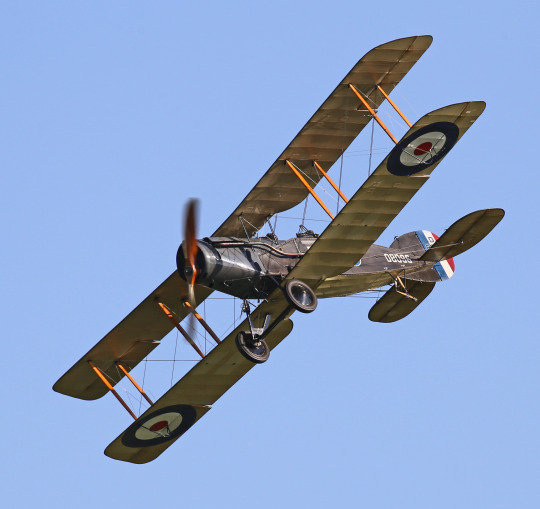
1918 Bristol F2B Fighter at the Shuttleworth Airshow
#Vintage aviation#Flying#Vintage aircraft#WW1 fighter plane#Shuttleworth#Airshow#British WW1 aircraft#Biplane#Bristol F2B
281 notes
·
View notes
Photo
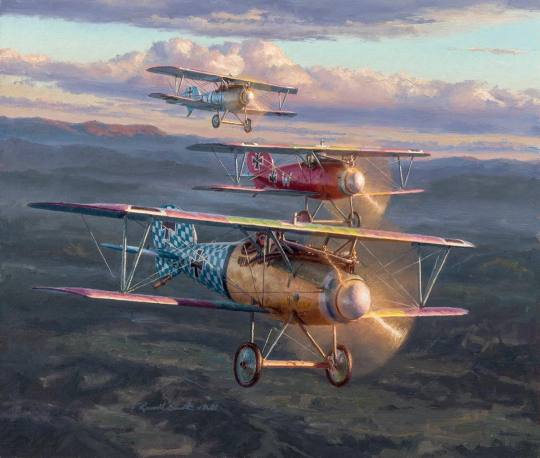
Triple Threat - Russell Smith
144 notes
·
View notes
Text
youtube
Watch the American Climate Leadership Awards 2024 now: https://youtu.be/bWiW4Rp8vF0?feature=shared
The American Climate Leadership Awards 2024 broadcast recording is now available on ecoAmerica's YouTube channel for viewers to be inspired by active climate leaders. Watch to find out which finalist received the $50,000 grand prize! Hosted by Vanessa Hauc and featuring Bill McKibben and Katharine Hayhoe!
#ACLA24#ACLA24Leaders#youtube#youtube video#climate leaders#climate solutions#climate action#climate and environment#climate#climate change#climate and health#climate blog#climate justice#climate news#weather and climate#environmental news#environment#environmental awareness#environment and health#environmental#environmental issues#environmental justice#environment protection#environmental health#Youtube
20K notes
·
View notes
Text

Ides of Cybertron Starscream and Soundwave silhouette concepts
Starscream is currently a Mess cuz I still havent figured out if I want to go the Hearts of Steel or WW1 fighter jet route yet. Big wings and eye scar are a MUST though.
Soundwave is based on a space rover and small satellite! He still has his cassettes.
#transformers#maccadam#fan continuity#ides of cybertron#soundwave#starscream#concept design#sketch#majart#i want starscream to resemble one of the first planes but.#idk if that means one of the earliest plane models in GENERAL or...#the advancements in WW1 regarding aeriel dogfighting and fighter jets.#the first use of an airplane in war was in 1911#roughly 3 years before ww1 so like... m.
150 notes
·
View notes
Text

MiG-21 Fishbed – The AK-47 of Combat Aircraft
The MiG-21 Fishbed is a combat aircraft that has become the AK-47 of the skies. This aircraft has been the mainstay of many air forces for decades and is still in use today. The MiG-21 is a supersonic fighter jet that can be used for air superiority, air defence, and ground attack missions. It is highly maneuverable and can perform all kinds of acrobatics. The Fishbed is armed with a powerful radar and four 30mm cannons that can destroy enemy aircraft with a single salvo. The aircraft is also equipped with missiles for air-to-air combat and bombs for ground attacks. This versatile aircraft can be used in all weather conditions and is ideal for all kinds of combat missions.
19 notes
·
View notes
Photo
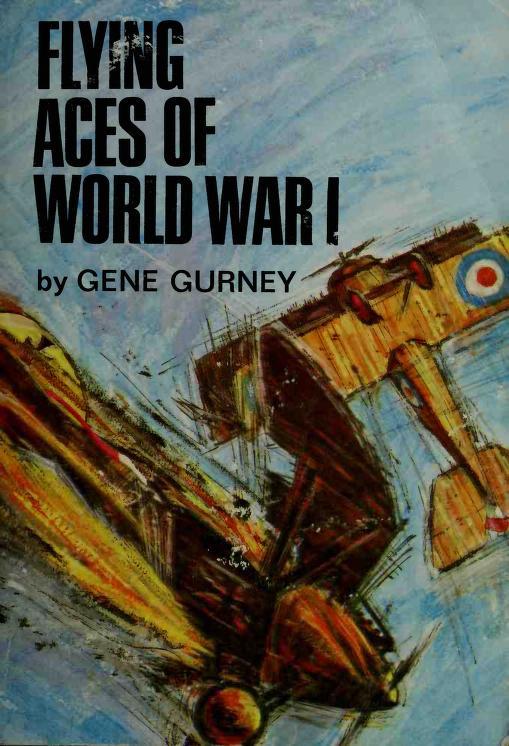
https://archive.org/details/flying-aces-of-world-war-i
3 notes
·
View notes
Text

1918 07 Löwenhardt - Russell Smith
repost better quality and size
Löwenhardt features the legendary yellow Fokker DVII of Oberleutnant Erich Löwenhardt, Germany's 3rd ranking ace of WW1, behind only Manfred von Richthofen and Ernst Udet. Löwenhardt was an aggressive, skilled fighter whose score grew steadily. At the end of May 1918 he received Germany's highest honor, the Pour le Mérite (Blue Max) after 24 kills. Flying the new Fokker D.VII, he added eight more in June and no fewer than 16 in July. His tally climbed to 53 on August 9.After scoring his 54th victory, he collided with Leutnant Alfred Wenz of Jasta 11. Both men jumped from their planes but Löwenhardt was killed when his parachute failed to open and he fell to his death from 12,000 feet.
35 notes
·
View notes
Text
youtube
Watch the 2024 American Climate Leadership Awards for High School Students now: https://youtu.be/5C-bb9PoRLc
The recording is now available on ecoAmerica's YouTube channel for viewers to be inspired by student climate leaders! Join Aishah-Nyeta Brown & Jerome Foster II and be inspired by student climate leaders as we recognize the High School Student finalists. Watch now to find out which student received the $25,000 grand prize and top recognition!
#ACLA24#ACLA24HighSchoolStudents#youtube#youtube video#climate leaders#climate solutions#climate action#climate and environment#climate#climate change#climate and health#climate blog#climate justice#climate news#weather and climate#environmental news#environment#environmental awareness#environment and health#environmental#environmental issues#environmental education#environmental justice#environmental protection#environmental health#high school students#high school#youth#youth of america#school
20K notes
·
View notes
Text

Top Gun! The legendary yellow Fokker D.VII of Oberleutnant Erich Löwenhardt, Germany's 3rd ranking ace of WW1, behind only Manfred von Richthofen (80) and Ernst Udet (62). Löwenhardt was an aggressive, skilled fighter whose score grew steadily. At the end of May 1918 he received Germany's highest honour, the Pour le Mérite (Blue Max) after 24 kills. Flying the new Fokker D.VII, he added eight more in June and no fewer than 16 in July. His tally climbed to 53 on 9 August. After scoring his 54th victory, he collided with Leutnant Alfred Wenz of Jasta 11. Both men jumped from their planes but Löwenhardt was killed when his parachute failed to open and he fell to his death from 12,000 feet. For more, see my Facebook group - Eagles Of The Reich
#germany#ww1#ww1 aircraft#ww1 germany#ww1 german aircraft#fokker#fokker D.VII#Erich Löwenhardt#jasta 11#blue max#alfred wenz#1918
26 notes
·
View notes
Text
Manfred's abilities explained in lore because it's SUPER cool actually and nobody gets it (his design doenst allude to it in any way)
Manfred's based on a very famous ww1 pilot, Manfred von Richthofen, the red baron, young military genius.
The character itself doenst SUPER heavily express this in any substantial way other than their shared vague role as military aces, but it kind of does allude to fighter jets and bombs with his powers in a very unique way.
This was pointed out by a friend and mutual of mine on twitter, teekazwurtzen, number one manfred fan


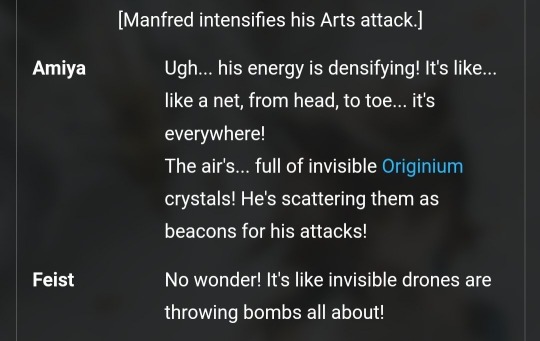
BASICALLY how it works is that he can use tiny originium crystals in the air as anchors for explosions and blasts by manipulating the energy particles in them, and has the capability to entrap people in an area of bombing (hence why it's described as a net)
It's kind of like how planes can carpet bomb an area to corral the enemy away from an area.
This has a lot of implications of being absurdly powerful. If he's able to detonate tiny, invisible particles in the air, in an area highly polluted with originium he'll probably be really strong.
Another interesting tidbit that they pointed out:


We also guess that the teekazwurtzen primarily acts like a extension of his range + allows him to condense his energy to shoot it like a beam or something
28 notes
·
View notes
Note
Hello and happy new year! I hope your day is going wonderfully!
I am in a little bit of a slump writing this fic of mine, and I was wondering if you would share some of your infinite Whump wisdom
My characters were in a ww1 era plane that’s been shot down, and the co-pilot in the front took the heaviest hits. Do you have any ideas regarding dialogue, actions or anything that would really sell that character A is injured and character B is super concerned?
Thank you so much for your help!!!
Hi there! Oooh WWI aviation? I love that! Well let's see if I can offer any help. Survival rates for pilots that were shot down in WW1 were pretty much none existent. If you got shot down you were most likely dying. Landing was nearly impossible, parachutes weren't in use until 1917/18 so if you chose to bail you were pretty much gonna die on landing. But let's suspend belief for the sake of the story! I do that a lot lol.
Okay, I would like to first recommend checking out Masters of the Air which is airing now (there's 4 episodes out right now). This show tells the story of the 100th Bomb Group of the 8th Air Force during WWII. While they were flying B-17 bombers during the second world war instead of the Fokker or Sopwith Camels used during WW1, the concepts of what the men would say and act when one of their comrades is injured can easily be applied to WW1. You might find some inspiration there.
Here's a good link you could check out that discuss what it was like flying, being injured/shot down. They might offer some inspiration as well.
This link in particular is fascinating and I think you might like this quote: "I felt the machine lurch, I turned my head over my shoulder and I saw that my pilot was sunk on the controls. There was a rasping sound and the engine had stopped and there was I, suspended in the air with a dead pilot, Huns, bullets, wings all round me and I looked up to the heavens and I said ‘Oh, God help me’. The next thing I remember was having a sledge hammer blow in my head and I put my hand to my helmet and I found it all jagged and torn, a certain amount of blood. Then I had a blackout, and I fell through the air, I think like a falling leaf or a wounded or injured bird. And I think it was the upward rush of the air that brought me to my senses. I had presence of mind to pull on the joy stick to break the fall and the machine staggered and stalled and fell on some trees."
This link has some great answers that I think you'd like: https://www.quora.com/What-procedure-must-a-ww1-pilot-do-when-their-plane-is-shot-down-especially-when-they-dont-bring-a-parachute
This link has some good information too: https://www.team-bhp.com/news/evolution-fighter-planes-during-world-war-i
And this had some stories from flyers: https://www.worldwar1centennial.org/index.php/stories-of-the-flyers.html
Now I'm going to assume that in your story here they were able to land their plane successfully without just going splat like the gentleman in the quote above so if you got two guys who were just shot down and one is hurt, here are some things to think about:
Are they in enemy territory or did they manage to limp/jump out/land in allied ground? If they're in enemy territory they're going to want to get away from the plane as fast as possible to avoid being captured by the enemy. With an injure co-pilot that's going to be incredibly difficult.
Your co-pilot is injured. How badly? Is it survivable? Or is he already bleeding out? Does your other character recognize that his copilot is about to die or does he have a chance to save him? He'll need to get his friend out of the plane and that won't be easy. Between the pain of the injuries and the awkward way you have to get in and out of a WW1 era plane I'm sure your injured party will be doing some screaming and writhing there.
Your other character is probably feeling afraid, frantic, torn between trying to save his friend first and making sure they don't get caught by the enemy at the same time. He's gotta move quickly to pull his friend from the plane, staunch any bleeding, and get them somewhere relatively safe.
Soldiers were equipped with basic first aid kits that they carried with them so your co-pilot could pull that out, grab a bunch bandages and treat any injury he needed to. Here's a picture of one used by German pilots for inspiration:

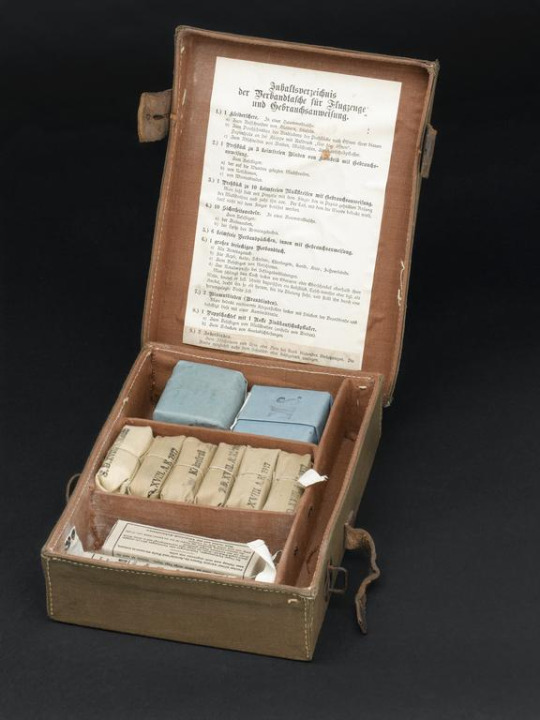
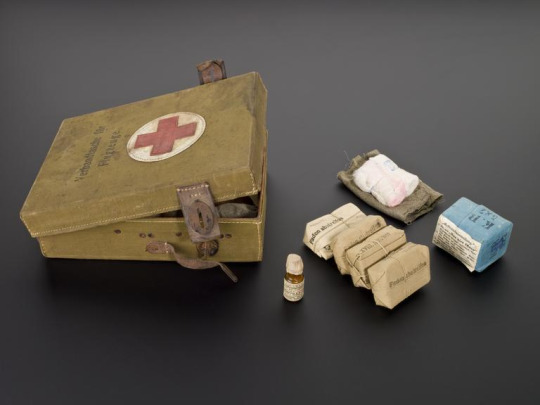
Some classic dialogue prompts for a soldier trying to reassure their friend who is badly injured:
It's gonna be okay.
It's no that bad.
We'll be home in no time.
Just hang in there.
Have your uninjured party talk to the injured pilot as well. You could have him tell stories to distract him from the pain. Anything that comes to his mind. Stories about his home maybe.
This is all probably more than you asked for lol but I love studying aviation history so you hit a hyperfixation of mine. Hopefully something here sparks some inspiration for you!!
19 notes
·
View notes
Note
YO YOU GOT ANY COOL WOMAN'S HISTORY FACTS ALSO HISTORY IS POG LIKE I GOT A LECTURE WORTH OF STUFF ABOUT JAMES CAGNEY
Oh my god SO MANY! Where do I even start!! Here is a quick and short rundown of some of my favorite womens history facts:
Women in the military during ww1 and ww2 is one of my favorite subjects. Let's talk about that for a second:
Women served in every branch of the U.S. military throughout both world war 1 and world war 2
Did you know women served in the US Army and as such were stationed in every front of the war during WWII?
Female switchboard operators served in the trenches of France during ww1.
The most feared bombers in ww2 were Russian women flying wooden planes and physically throwing the bombs out
Women were the ones to help break enemy codes
Women helped planned D-Day
Russian snipers were fierce badasses.
We have computers thanks to women. Ada Lovelace, Grace Hopper, Hedy Lamar, etc.
DNA's double helix form was discovered by a woman. Rosalind Franklin.
Women got us to space by performing complex mathematical calculations by hand during launches.
Science Fiction was started by a woman. Mary Shelley.
One of the most fearsome pirates ever was a woman. Ching Shih. She was undefeated and was one of the few pirates who retired.
Hypatia was the last last librarian of the Library of Alexandria and is said to be the first female mathematician
The first female historian was Anna Comnena of the Byzantine empire
Sybil Ludington was a 16 year old girl who joined the famous "Midnight Riders" and rode from Putnam County, New York to Danbury, Connecticut to warn of advancing British troops.
Hatshepsut is the the fifth pharaoh of the Eighteenth Dynasty of Egypt. She was the second historically confirmed female pharaoh, after Sobekneferu
Deborah Sampson was a woman who served in the army during the American Revolution. She disguised herself as a man and served admirably
We wouldn't have airplanes without Katherine Wright who made sure her brothers had everything they needed. She ran their family shop, booked speaking engagements for them, was basically their marketing director and made sure these two idiots didn't die from starvation.
Agent 355 was a female spy in the Culper Ring during the American Revolution.
Virne “Jackie” Mitchell, a pitcher, was the first woman in professional baseball. During an exhibition game, she struck out both Babe Ruth and Lou Gehrig.
The first novel. As in the very first novel. Written by a woman. Murasaki Shikibu who wrote the Tale of Genji in 1000 AD
The earliest recorded female physician was Merit Ptah, a doctor in ancient Egypt who lived around 2700 B.C. Many historians believe she may be the first woman recorded by name in the history of all of the sciences, making her achievement all the more impressive
Victoria Woodhull ran for president in 1872.
Julie d’Aubigny was a French bisexual opera-singing sword fighter from 17th-century France. A total badass.
Valentina Tereshkova was the first woman to go in space.
Stephanie Kwolek was an American chemist who invented Kevlar
Lyudmila Pavlichenko is the most successful female sniper in human history. Initially barred entry into the Red Army to due to her sex, Lyudmila would go on to rack up 309 confirmed kills in WWII. Her terrifying skills as a sniper and impressive kill count earned her the nickname “Lady Death” from her German enemies.
Nancy Wake who killed an SS Officer with her bare hands
Khutulun was the great-great-granddaughter of legendary conqueror Genghis Khan. Taught the inner workings of military life by her father, Khutulun became a skilled and powerful warrior. For her marriage, she proposed a challenge: any man that could best her in a wrestling match would have the honor of taking her hand in marriage. If they lost, they would have to give her a horse.
Boudicca was a queen of the Iceni tribe of Celtic Britons, who led an uprising against the conquering forces of the Roman Empire in AD 60 or 61.
Honestly I can go on forever. There are so many amazing and interesting women in history and I can't learn enough about them. This is only a very small list and a condensed version of their stories. I highly recommend looking into each of them more.
57 notes
·
View notes
Note
Ooh okie does the tornado have guns fitted to it like a WW1 fighter plane?
To be honest, never thought about it. Most likely not. Or maybe they're busted. Or maybe sonic hasn't found the big gun button yet...
30 notes
·
View notes
Text

The only original Spad XIII in airworthy condition in the world seen at La Ferté-Alais Airfield, France
#SPAD#S.XIII#French Fighter#WW1 Fighter#Biplane#fighter aircraft#plane#airfield#Spad S.XIII#vintage aircraft#rare aircraft
149 notes
·
View notes
Text
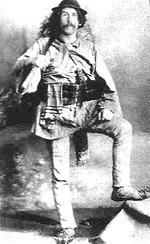
Baron Franz Nopsca:
Linguist, WW1 spy, Austro-Hungarian Nobleman, Seducer of wealthy women, Self-taught Paleontologist, gun runner, guerilla fighter, motorcycle enthusiast, one time claimant to the Albanian throne, first in history to hijack a plane and well known arrogant trust fund baby, I present the Shepard Prince of Transylvania, namer of turtles and lover of men, The Baron Franz Nopcsa von Felső-Szilvás.
Born in Deva Transylvania (modern Romania) to an aristocratic family of Romanian and Hungarian origin.
Franz was the son of Baron Elek Nopsca, a member of parliament in the Hungarian government.
Franz developed a love of paleontology in his teens after his sister discovered bones on the family estate. It was in this field where he would meet the love of his life, Bajazid Elmaz Doda.
The two men would travel to Doda's homeland of Alabania to study fossils and perhaps take part in local dissent against the Ottoman overlords of the region.
After being rescued from a local warlord by his boyfriend's father, Nopsca turned to espionage, posing as a Shepard to spy during both the Balkan Wars and the First World War.
In 1919, Nopsca became the first person in history to hijack a plane when he fled a communist uprising in Hungary.
He and Doda then went on to tour Europe on a motorcycle, studying fossils and working as itinerant paleontologists. It was here that Nopsca would name a species of turtles after his boyfriends ass.
This story does not have a happy ending however, despite all its swashbuckling adventures and thrills.
Pressed financially and depossessed of his holdings in Transylvania, Nopsca turned to suicide in 1933 after drugging and killing Doda with a handgun.
#ww1#edwardian#first world war#1910s#wwi#edwardian era#history#lgbt history#queer history#austro hungarian empire#austria hungary#albania#old post remaster
5 notes
·
View notes
Note
Kaiju movies give a misleading impression on how you actually take down a large scale threat entity. The military always has fighter planes go in really close to the monster and get torched. In reality, the planes would engage from as far away as possible and as high a possible, ideally releasing the bombs at an upward angle to maximize range. Modern combat aircraft with PGMs make sure to be over the horizon and often make use of rocket assistance for their weaponry so they can target soft spots.
Kaiju and mecha series only work if militaries are forced to use WW1 tactics on them, aka why they’re always so inept.
17 notes
·
View notes
Text
Der rote Kampfflieger
publication history, propaganda value, and different versions
by @tintenspion, December 2022
Der rote Kampfflieger (The Red Air Fighter), published in 1917 and translated in 1918 is regarded to be the autobiography of Manfred von Richthofen. It was, and still is, the best selling german book about the first world war. In this post I will talk about how it was written and published, adress some personally selected instances of propaganda found in the book and explain the changes other publications of the book have made (focusing on the versions of 1920 and 1933).
This post is incredibly simplified and I can recommend reading the sources that I have listed, as they cover the topic in a lot more depth (but they're almost all in german)
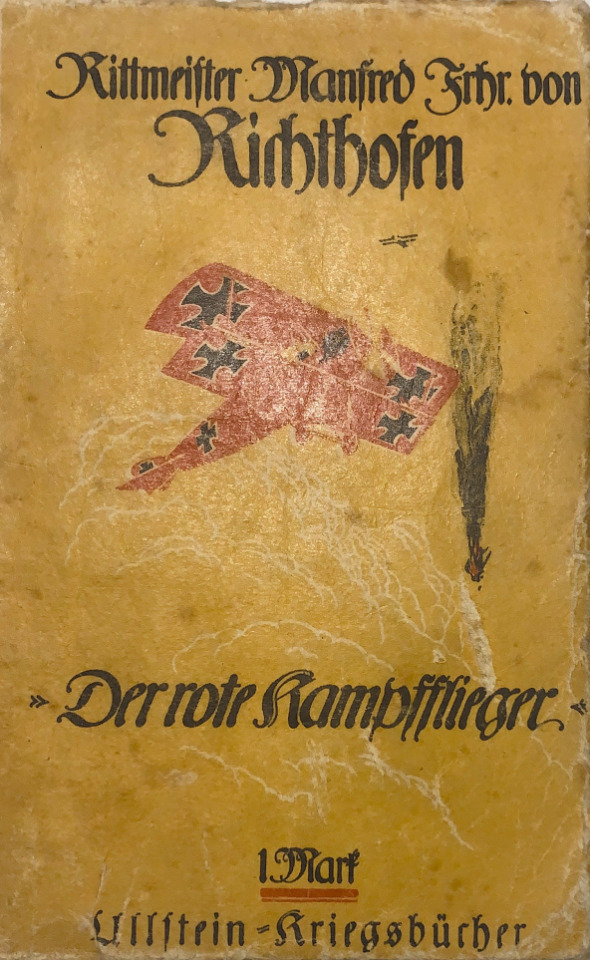
Der Rote Kampfflieger, 1917
The publication history
Manfred von Richthofen began writing his biography in May 1917. He had rejected requests writing a book multiple times before, because he did not feel that he had the talent nor the time to write. However, he was asked by the command of the aerial forces to write one and since that was essentially an order he accepted a request by the publisher Ullstein. (1)
Most historians agree that the book was essentially ghostwritten by Hauptmann Erich von Salzmann, who based it on acconts given in stenography by MvR. Salzmann was not credited for the book, however in the contract with Ullstein (the publisher) MvR gave Salzmann full authority over what parts of the stenography he adapts into the finished book, without having to get MvRs consent. (2)
Due to a lack of an original draft, is not reconstructable what parts of the book are actually written by him, which parts were ghostwritten and which parts were edited for propaganda purposes.
The intentions
Ullstein Kriegsbücher, the series Der rote Kampfflieger was published in was a series that focused on "firsthand accounts" of front soldiers, which explains why the book still uses an easy and "uneducated" language despite being mostly written by a ghostwriter. (3) This was done on purpose to make the reader identify more with MvR, since the divide between him and the average reader was already there due to him being an aristocrat. The books also focuses a lot on the fallibility of its main character, Manfred von Richthofen. He is portrayed as a little naive; someone who has no idea how war works and therefore makes a lot of mistakes. Examples include: Capturing french soldiers in a house and letting them escape on accident, giving wrong hand signs that almost get his division killed, failing his piloting exam and hitting his finger on a propeller. This is also done to make him more relatable to the average reader. (4)
The second part of the book focuses then on his life as a pilot and a squadron leader. The book goes out of its way to portray Richthofen as very humble. It is for example described how "in the flying corps we dont think about records. We only do our duty." [DRK p.154]. This is obviously an instance of propaganda, as records and victory numbers were contrary to this statement very important to the individual pilots. To portray MvR's "chivalry", they use a very interesting stylistic device. MvR calls himself a "Weidmann" (hunter) in comparison to his brother, whom he denounces as a "Schießer" (shooter). The word Weidmann, in contrast to Jäger, implies an unofficial hunters code on how to hunt in an honorable way. (5) In modern times, this comparison seems kind of grotesque, as MvR views his enemies as prey to be hunted. Downplaying the death enemy pilots and comparing the dogfights to a hunting situation is a reaccuring theme in iterature written by and about german ww1 pilots and is not exclusive to Manfred von Richthofen. (6)
The most infamous example of editation for propaganda regarding the "honorable fight" is probably the discription of MvR's 33rd victory: In the book it is described that MvR flew low over the downed plane to check if the pilots were dead, they are not and shoot back at him, however he decides to just fly away and not retaliate. (7) In his combat report for that victory however, he described that he did retaliate and killed one of the occupants. (It is notable that, according to Algernon Peter Warren, the pilot that survived, they actually didn't shoot back at Richthofens plane. Warren notes that there was ground fire coming from the trenches, and Richthofen probably mistook that for the downed plane firing at him). (8) Due to the fact that MvR seems to have been truthful in his combat report, it is to assume that the change in the book was most likely done by the censorship and not by Richthofen himself.
Richthofens view on his own book
MvR didn't really care about his autobiography. I believe this for multiple reasons: He says that he is not a good writer (9) and that he rejected writing an autobiography multiple times (as mentioned before). Also I believe if he really cared about how he was portrayed in his autobiography he wouldn’t have given Salzmann the rights to change things without him checking them first.
Ein Heldenleben, 1920
Published under the name "Ein Heldenleben", this was the version that had the worst sale numbers, however it is also the one that includes the most material. It was also edited by Salzmann. (10) It includes the original biography, shortened, and adds about 200 extra pages. Those extra pages include:
"Hinterlassene Papiere" (leftover papers): Excerpts from either letters to his family, his diary or rejected chapters of the autobiography (historically unclear)
A selection of letters to his mother
Excerpts from his brother Lothar
An account about Manfred as a child written by his mother
German, english and french articles about his last flight, death and funeral
Obituaries
Memories of Richthofen: Articles and anecdotes from other people who knew or met him
This book is regarded as the most detailed versions and is free from government censorship. Salzmann in this case only worked together with the Richthofen family, who probably decided what will go into the book and what won't. I need to point out however that some of the articles in "Memories of Richthofen" were already published in newspapers during the war, so those definetly had to pass a censorship comittee. I would still regard this version as the most trustworthy one out of the tree I am presenting.
Der Rote Kampfflieger, 1933
This version of the book is the one that had the most copies sold. It was edited by Hans Rudolf Berndorff. (11) Differences, aside from a couple of chapters having different titles and some chapters having been combined, include the removal of the first two chapters, and the inclusion of four extra chapters, with three of them having not been published beforehand. The book starts with a foreword by Hermann Göring an introduction written by MvR's brother Bolko. It also includes some chapters from his brother Lothar (the same as in the 1920 version, however a couple have been removed). The book also uses some of the letters that were published in Ein Heldenleben and add them to the autobiography (mostly) chronologically.
Especially notable is the often referenced chapter Gedanken im Unterstand (Thoughts in the shelter), where MvR talks about how his feelings towards the war have changed since his autobiography came out in may. The chapter was a letter to his mother, however it has been cut a lot, so we don't exactly know when and why it was written.
This book, in contrast to Ein Heldenleben, focuses more on the military aspects of MvR's life, as it is a part of Nazi propaganda.
Other publications of the book:
There was a version published in 1977, that included the full autobiography written by Friedrich Wilhelm Korff. In 1990 another version was published with a foreword written by Manfred Wörner, a former NATO secretary. I have not included an analysis of these two books, as they “only” evaluate the morals of the latter three. This is an entirely different topic, and a very complicated one, that deserves its own post.
The first english translation was published in 1918. I already made a post about a few translation mistakes, that you can see here.
Peter Kilduff also translated both the 1917 and the 1933 version.
Conclusion
In my opinion, the book is mostly interesting because you can see how the myth of Manfred von Richthofen was reshaped to fit different narratives and propaganda purposes over the course of 80 years. I wouldn't take it as a trustworthy source, especially regarding MvR's feelings towards the war, but I do believe it is a good guideline. Something to be weary of while reading biographies about Manfred von Richthofen or watching video essays about him is when people take the autobiography a little too much at face value and automatically assume that the propagada in it was edited by him personally and not by the editor.
Sources:
(1) CASTAN, Joachim: Der Rote Baron: Die ganze Geschichte des Manfred von Richthofen (2008) ISBN 9783608944617, p. 148f [AN: currently looking for a primary source; this book does exactly what I described in "conclusion"]
(2) SCHILLING, René: Der Körper des “Helden”. Deutschland 1813–1945 In: Bielefelder Graduiertenkolleg Sozialgeschichte: Körper Macht Geschichte – Geschichte Macht Körper. Körpergeschichte als Sozialgeschichte (1999) ISBN 9783895342806, p. 132
(3) SEIDEL, Nadine: Wie man Helden ediert. Ein Ausgabenvergleich von Manfred von Richthofens Der rote Kampfflieger. In: GLUNZ, Claudia; SCHNEIDER, Thomas F. : Dichtung und Wahrheit. Literarische Kriegsverarbeitung vom 17. bis zum 20. Jahrhundert (2015) ISBN 9783847104872, p. 69f
(4) SEIDEL, Nadine: “Nicht 'Schießer' sondern 'Weidmann': Wie ein missverstandenes Ethikkonstrukt Manfred von Richthofen zum Helden werden ließ. In: SEYBERT, Gislinde: Heroisches Elend - Misères de l’héroïsme - Heroic Misery: Der Erste Weltkrieg im intellektuellen, literarischen und bildnerischen Gedächtnis der europäischen Kulturen - Teil 1 und 2 - La Première Guerre mondiale dans la mémoire intellectuelle, littéraire et artistique des cultures européennes- 1 ère 2 (2014) ISBN 9783631636626, p. 748-753
(5) ibid, p.744ff
(6) VOIGT, Immanuel: Stars des Krieges: Eine biografische und erinnerungskulturelle Studie zu den deutschen Luftstreitkräften des Ersten Weltkrieges (Zeitalter der Weltkriege, 20, Band 20) (2019) ISBN 9783110605020 p. 176-183
(7) RICHTHOFEN, Manfred von: Der rote Kampfflieger (1917) p. 126
(8) FRANKS, Norman; GIBLIN, Hal; McCRERY, Nigel: Under the Guns of the Red Baron: The Complete Record of Von Richthofens Victories and Victims Fully Illustrated (1998) ISBN 9781898697961, p.91f
(9) RICHTHOFEN, Manfred von: Ein Heldenleben (1920), p. 330
(10) SCHILLING, René: Der Körper des “Helden”. Deutschland 1813–1945 In: Bielefelder Graduiertenkolleg Sozialgeschichte: Körper Macht Geschichte – Geschichte Macht Körper. Körpergeschichte als Sozialgeschichte (1999) ISBN 9783895342806, p. 132
(11) SEIDEL, Nadine: Wie man Helden ediert. Ein Ausgabenvergleich von Manfred von Richthofens Der rote Kampfflieger. In: GLUNZ: Dichtung und Wahrheit. Literarische Kriegsverarbeitung vom 17. bis zum 20. Jahrhundert (2015) ISBN 9783847104872, p. 72
#manfred von richthofen#ww1 aviation#richthofen#der rote kampfflieger#red baron#history#actual research#i cant believe ive done this#help 💀
35 notes
·
View notes
Text
Need to get some friends together to build 1 of each of these WW1 fighter planes, slap paintball guns on em and uuh... we start zooming about the sky in a diy dogfight >:3

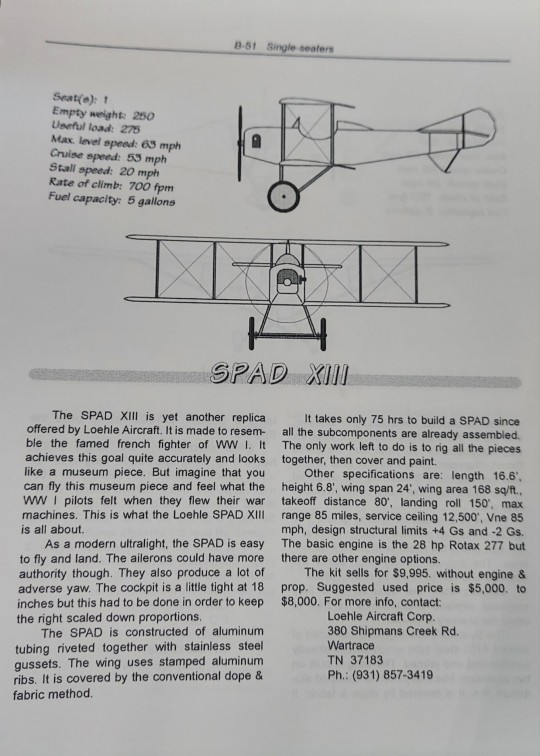

5 notes
·
View notes